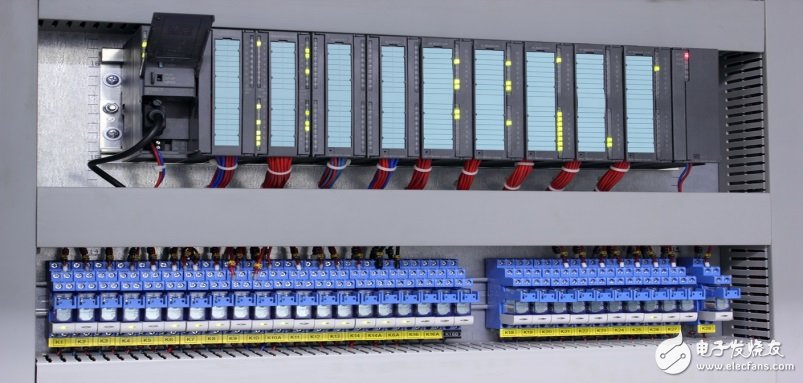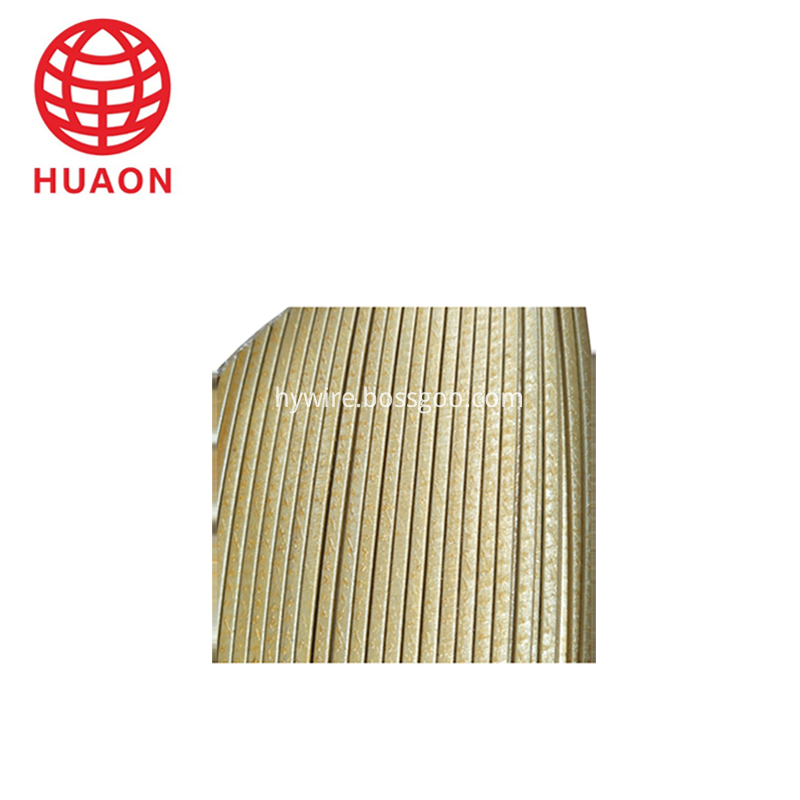Factory automation systems for Industry 4.0 typically consist of three levels of equipment for driving real-time communication and control:
1. At the field level , I/O modules, brakes and drives are responsible for the physical operation within the plant;
2. At the control level , a programmable logic controller (PLC) or computer numerical control (CNC) is responsible for collecting information from the field level and issuing instructions to the site;
3. At the operator level , the Human Machine Interface (HMI) device communicates with the operator and the operator can issue commands.
Every level requires optimized hardware and software solutions to address the tough design challenges of each. Among them, the challenges related to the control level are particularly difficult to solve.

As the number of nodes supported by a single controller is increasing, in addition to the challenges associated with all industrial automation designs, such as energy consumption, long power life and reliability requirements, designers of control-level equipment are also faced with specific challenge. The greater number of support nodes means that the number of controllers required in the entire plant solution should be less to create a more cost-effective automation solution, or these additional nodes can be applied at the factory to achieve A higher degree of automation. However, as the number of supported nodes increases, the performance of the processor must also increase year-on-year, and in this case still maintain a low enough power consumption to avoid increasing the size of the package. In addition, most PLCs are designed without the need for a fan, so power loss is a key aspect of design.
Since PLCs and CNCs simultaneously control a large number of nodes or functions within a plant, the real-time nature of their operation is critical. For a solution, achieving precise timing requires two parts: a real-time operating system and a flexible time-aware peripheral for industrial communications. Real-time operating systems (RTOS) are used in these devices to make decisions and control delays to meet critical timing requirements. Commercial RTOSs have been used in industrial control for many years, and their interest in RT Linux® solutions is increasing, adding time-aware and decision-making capabilities for industrial automation applications. At the same time, it also has all the advantages of the Linux large open source community.
For the communication peripheral portion of the real-time solution, the primary requirement is to support the industrial field bus protocol by enabling low latency and short protocol cycle times even when the number of nodes needs to be increased. This becomes a more complex challenge when multiple fieldbus standards must be supported in a single design. Multi-protocol support is necessary in order to make end products compatible with multiple standards such as EtherCAT, PROFINET, Ethernet/IP and perhaps already used in the factory. Multi-protocol support through hardware (ASIC) is complex because each protocol may require its own dedicated ASIC, so each supported fieldbus requires a different board design. If you use a programmable approach, the problem may be simpler. In these methods, changes to the fieldbus protocol can be implemented simply by software or firmware changes.
To make this real-time communication solution easier and faster, controllers require a large number of peripheral interfaces because they require multiple levels of fieldbus network in the factory, backplanes that connect I/O, brakes, drivers, or other Controllers, as well as servers that use OPC UA and other protocols for data acquisition to implement factory diagnostics. All of this requires a large number of peripheral interfaces, especially Ethernet interfaces. In addition, a flexible and programmable communication solution is needed.

Image: Programmable Logic Controller and I/O Card
The TMDXIDK5728 Industrial Development Kit (IDK) for the SitaraTM AM572x processor is now available for evaluation of control-level factory automation solutions. The AM572x dual-core ARM® Cortex®-A15 processor is ideal for industrial applications because it supports the industrial temperature range and achieves an extremely long life of up to 100,000 hours, with real-time software support and a large number of peripherals. For example, dual PRU-ICSS (Processor Real-Time Unit - Industrial Communication Subsystem) for programmable industrial communications. The TMDXIDK5728 provides four Ethernet ports, two of which can come from Gigabit switches, two from PRU-ICSS (default configuration), or four ports from PRU-ICSS. The TMDXIDK5728 is able to evaluate TI's latest solutions for industrial fieldbus protocols based on the AM57x, which are provided by PRU-ICSS-INDUSTRIAL-SW in Processor-SDK-RTOS. In addition, the TMDXIDK5728 is also capable of running the Processor-SDK-Linux-RT software package, which provides an optimized RT Preempt patch package on the TI mainline Linux kernel for real-time industrial automation applications.
| About Film Covered Wire |
Glass-fiber covered polyester film covered rectangular copper (aluminium) wire .includings Glass-fiber Polyimide Film Covered flat Copper wire, Glass-fiber Polyimide Film Covered flat Aluminium wire, Glass-fiber Polyester Film Covered flat Copper wire, Glass-fiber Polyester Film Covered flat Aluminium wire, Glass-fiber Covered flat Copper wire, Glass-fiber Covered flat Aluminium wire.
Packaging of Products
30/50/150 kg wooden spool
Application: medium and large electrical motor and transformer windings

Film Covered Wire
Aluminium Wire,Film Covered Wire,Polyimide Film Covered Copper Wire,Film Covered Flat Wire
HENAN HUAYANG ELECTRICAL TECHNOLOGY GROUP CO.,LTD , https://www.huaonwire.com